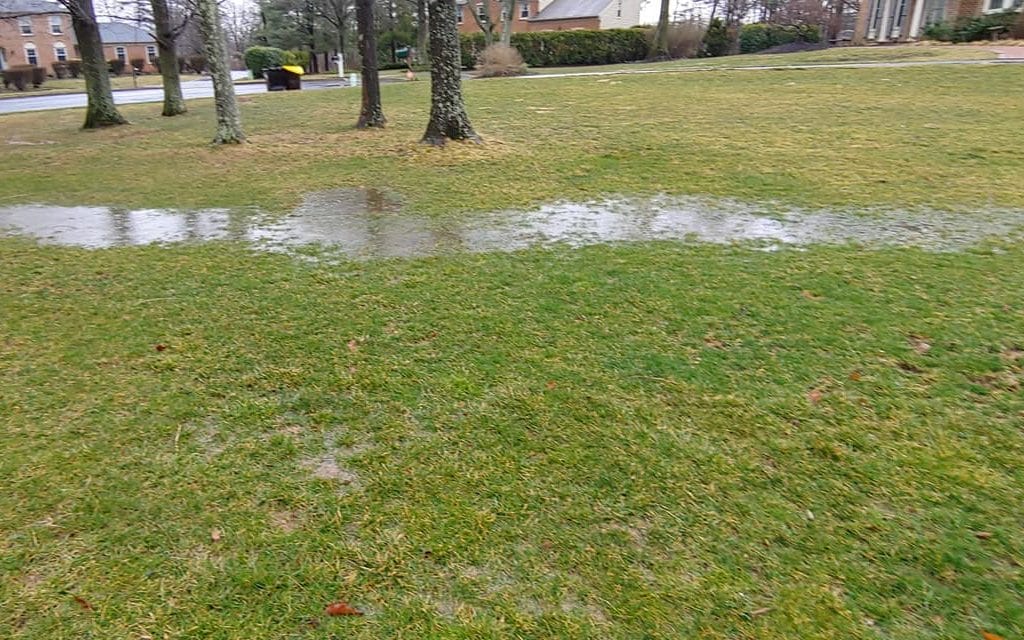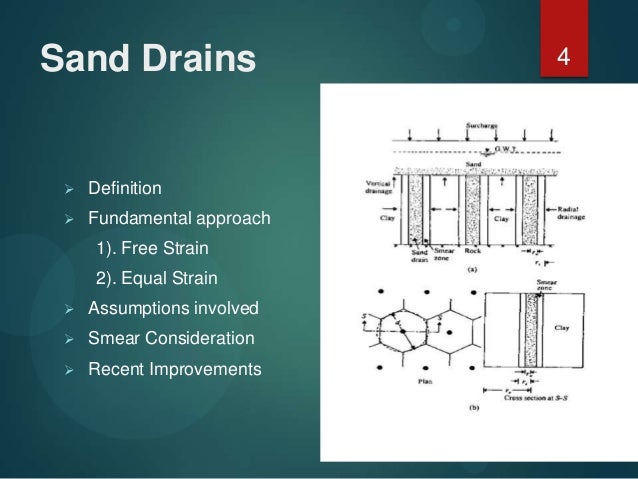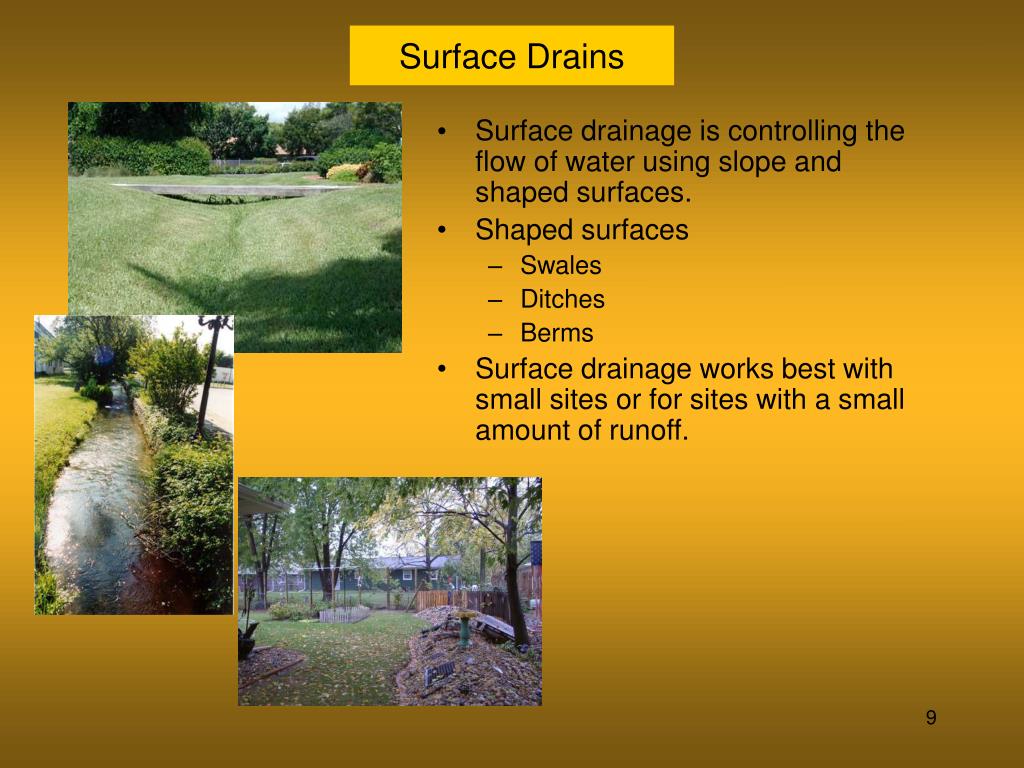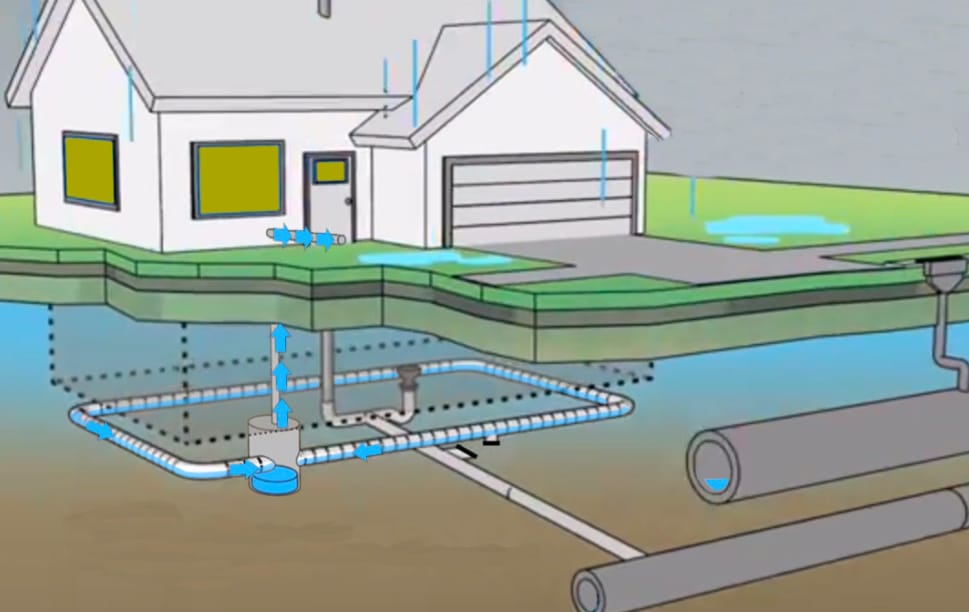Understanding the Importance of Proper Drainage
Poor drainage can have devastating consequences for yards, including waterlogged soil, erosion, and damage to plants and structures. When water accumulates in the soil, it can lead to root rot, reduce soil aeration, and create an ideal environment for pests and diseases. In addition, poor drainage can compromise the structural integrity of buildings, sidewalks, and patios, leading to costly repairs. On the other hand, effective drainage can reduce maintenance requirements, improve yard health, and enhance the overall aesthetic appeal of outdoor spaces. By understanding the importance of proper drainage, homeowners can take proactive steps to ensure their yards remain safe, functional, and beautiful. This is especially important when considering the use of sand as a drainage solution, as it can be an effective and cost-efficient way to improve water flow and reduce the risk of waterlogging and erosion.
How to Improve Drainage with Sand: A Comprehensive Guide
Sand is a natural and cost-effective solution for improving drainage in yards. Its porous nature allows water to flow through it, reducing waterlogging and erosion. By incorporating sand into the landscape, homeowners can create a more efficient drainage system that reduces the risk of water accumulation and related problems. One of the key benefits of using sand for drainage is its ability to filter out sediment and debris, allowing water to flow freely and reducing the risk of clogs. Additionally, sand is a low-maintenance material that can be easily incorporated into existing drainage systems, making it an attractive option for homeowners looking to improve their yard’s drainage. As we explore the role of sand in water flow, it’s clear that it can be a valuable tool in the quest to create a well-draining yard, and the question of “is sand good for drainage” is answered with a resounding yes.
The Science Behind Sand’s Drainage Properties
So, is sand good for drainage? To answer this question, it’s essential to delve into the physical properties of sand that make it an effective drainage material. One of the primary reasons sand is effective for drainage is its high permeability. This means that water can flow through sand quickly and easily, reducing the risk of waterlogging and erosion. Additionally, sand has a low water-holding capacity, which prevents it from retaining excess water and reducing its drainage capabilities. Another critical property of sand is its ability to filter out sediment and debris, allowing water to flow freely and reducing the risk of clogs. This is particularly important in areas with heavy rainfall or near water features, where sediment and debris can accumulate and impede drainage. By understanding the science behind sand’s drainage properties, homeowners can make informed decisions about using sand as a drainage solution and reap the benefits of improved yard health and reduced maintenance.
When to Use Sand for Drainage: Identifying Ideal Scenarios
Sand is particularly effective for drainage in certain situations, making it an ideal solution for homeowners dealing with specific yard challenges. One such scenario is in areas with heavy rainfall, where sand’s high permeability and ability to filter out sediment make it an effective tool for reducing waterlogging and erosion. Additionally, sand is well-suited for use in clay soils, which tend to retain water and impede drainage. By incorporating sand into the soil, homeowners can improve its drainage capabilities and reduce the risk of water-related problems. Sand is also an excellent choice for areas near water features like ponds or streams, where its ability to filter out sediment and debris helps to maintain water quality and prevent clogs. In these scenarios, the question of “is sand good for drainage” is answered with a resounding yes, as it provides a natural and cost-effective solution for improving yard drainage.
Comparing Sand to Other Drainage Materials: Pros and Cons
When it comes to improving yard drainage, homeowners have several options to choose from. Sand is a popular choice, but how does it stack up against other common drainage materials? Gravel, crushed stone, and geotextiles are all viable alternatives, each with their own set of advantages and disadvantages. Gravel, for example, is a cost-effective option that allows for good water flow, but it can be prone to washing away over time. Crushed stone, on the other hand, is more durable and can withstand heavy rainfall, but it can be more expensive than sand. Geotextiles, such as landscape fabric, are effective at filtering out sediment and debris, but they can be more labor-intensive to install. Sand, meanwhile, offers a unique combination of affordability, effectiveness, and ease of use, making it a popular choice for many homeowners. While it may not be the best option for every situation, the question of “is sand good for drainage” is often answered in the affirmative, particularly when compared to other materials. By understanding the pros and cons of each drainage material, homeowners can make informed decisions about which solution is best for their specific needs.
Designing a Sand-Based Drainage System: Tips and Considerations
When designing a sand-based drainage system, there are several key factors to consider to ensure optimal performance. First, it’s essential to calculate the required amount of sand needed for the project. This will depend on the size of the area, the type of soil, and the amount of rainfall the area receives. A general rule of thumb is to use a minimum of 2-3 inches of sand for every 10 square feet of drainage area. Next, selecting the right type of sand is crucial. Look for sand with a high permeability rate, such as play sand or builders sand, which will allow water to flow through it quickly and efficiently. When incorporating sand into the landscape, it’s important to create a gradual slope to allow water to flow freely. Additionally, consider installing a geotextile fabric underneath the sand to prevent it from washing away over time. By following these tips and considerations, homeowners can create an effective sand-based drainage system that will improve yard health and reduce maintenance. And, as the question “is sand good for drainage” continues to be asked, the answer becomes clear: with proper design and installation, sand can be a highly effective drainage solution.
Common Misconceptions About Sand and Drainage
Despite its effectiveness as a drainage material, sand is often misunderstood. One common misconception is that sand will wash away over time, rendering it ineffective for drainage. However, this is not necessarily the case. When installed correctly, sand can remain in place for years, providing consistent drainage benefits. Another myth is that sand will clog over time, preventing water from flowing through it. While it’s true that sand can become compacted, this can be easily prevented by installing a geotextile fabric underneath the sand. Additionally, some homeowners believe that sand is only suitable for small-scale drainage projects, but this is not the case. Sand can be used for large-scale projects, such as drainage systems for entire yards or commercial properties. By understanding the facts about sand and drainage, homeowners can make informed decisions about whether sand is the right solution for their specific needs. And, as the question “is sand good for drainage” continues to be asked, the answer becomes clear: when used correctly, sand can be a highly effective and reliable drainage solution.
Conclusion: Is Sand Good for Drainage?
In conclusion, sand is a highly effective and natural solution for improving yard drainage. By understanding the benefits and limitations of using sand for drainage, homeowners can make informed decisions about whether it’s the right solution for their specific needs. While sand may not be suitable for every situation, its porous nature, high permeability, and low water-holding capacity make it an ideal material for reducing waterlogging and erosion. Additionally, sand is a cost-effective and low-maintenance solution that can be used in a variety of scenarios, from small-scale drainage projects to large-scale commercial applications. So, is sand good for drainage? The answer is a resounding yes. With its numerous benefits and advantages, sand is a reliable and effective solution for optimizing yard drainage and improving overall yard health. By incorporating sand into their drainage systems, homeowners can enjoy reduced maintenance, improved plant growth, and a healthier, more sustainable yard.









